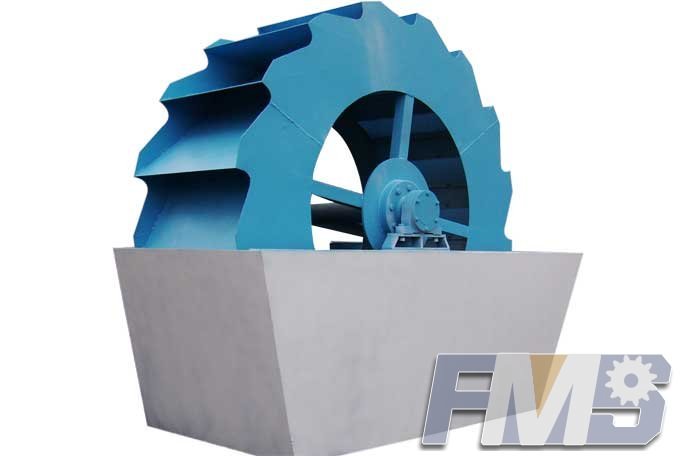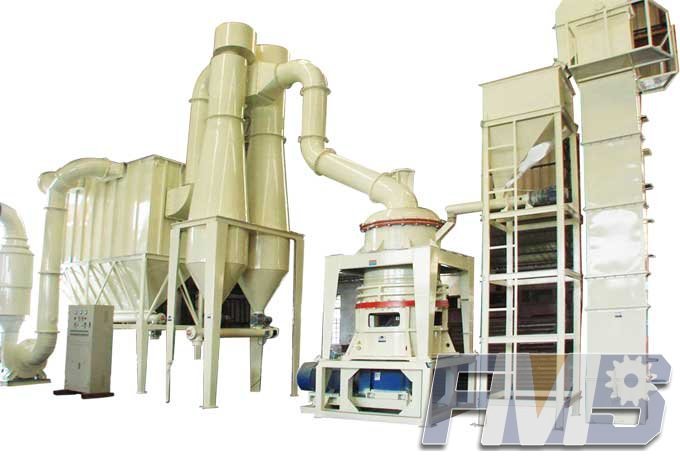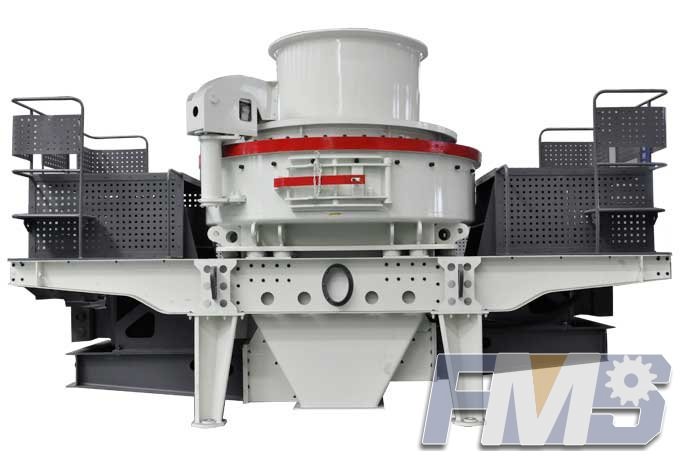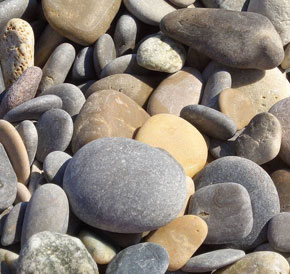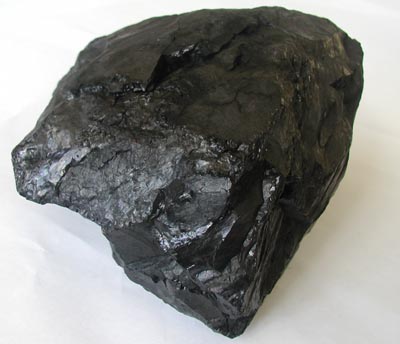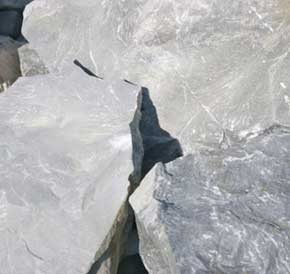Dry Process of Cement,Dry Milling Machine of Cement
For dry and semi-dry kiln systems, raw meal is prepared by drying and grinding of the raw material components in ball mills or vertical roller mills, making use of the hot kiln exhaust gases or cooler exhaust air for drying. Prior to being fed to the kiln, the raw meal is homogenised and/or blended either in batch type or in continuously operating homogenising silo systems.
In suspension preheater kilns, the raw meal is fed to the top of a series of cyclones passing down in stepwise counter-current flow with hot exhaust gases from the rotary kiln thus providing intimate contact and efficient heat exchange between solid particles and hot gas. The cyclones thereby serve as separators between solids and gas.
Prior to entering the rotary kiln, the raw meal is heated up to a temperature of approximately 810-830° C where the calcination (i.e. the release of CO2from the carbonates) is already about 30% complete. The exhaust gases leave the preheater at a temperature of 300-360° C and are further utilised for raw material drying in the raw mill.
4-stage preheater kilns are susceptible to blockages and build-ups caused by excessive input of elements such as sulphur, chlorides or alkalis which are easily volatilised in the kiln system. This input has to be carefully controlled. Excessive input may require the installation of a system which allows part of the rotary kiln gases to bypass the preheater. Thereby part of the volatile compounds are extracted together with the gas.
A bypass system extracts a portion (typically 5-15%) of the kiln gases from the riser pipe between the kiln and preheater. This gas has a high dust burden. It is cooled with air, volatile compounds are condensed onto the particulates and the gas then passes through a dust filter.
Modern suspension preheater kilns usually have 4 cyclone stages with a maximum capacity limited to approximately 4000 t/d. In some cases, 2-stage cyclone preheaters or 1-stage preheaters supported by internal chain heat exchangers are still in operation.
A considerable capacity increase can be obtained with precalciner kilns with a second combustion device between the rotary kiln and the preheater section. In the precalciner, up to 60% of the total fuel of the kiln system can be burnt. At an exit temperature of about 880° C, the hot meal is calcined to a degree of around 90% when entering the rotary kiln.
Kiln systems with 5 to 6 stage cyclone preheater and precalciner are considered standard technology for new plants today, as the extra cyclone stages improve thermal efficiency. In some cases, the raw meal is fed directly to a long dry kilnwithout external preheater. A system of chains in the inlet part of the rotary kiln provides the heat exchange between the hot combustion gases from the hot zone of the kiln and the kiln feed. Long dry kilns have a high heat consumption and high dust cycles requiring separate dedusting cyclones.
Tagged: Dry Process of CementDry Milling MachineCement Mills
Get Detail Information:
(If you do not want to contact to our online customer service, please fill out the following form, Our client manager will contact you later. We will strictly protect your privacy.)


